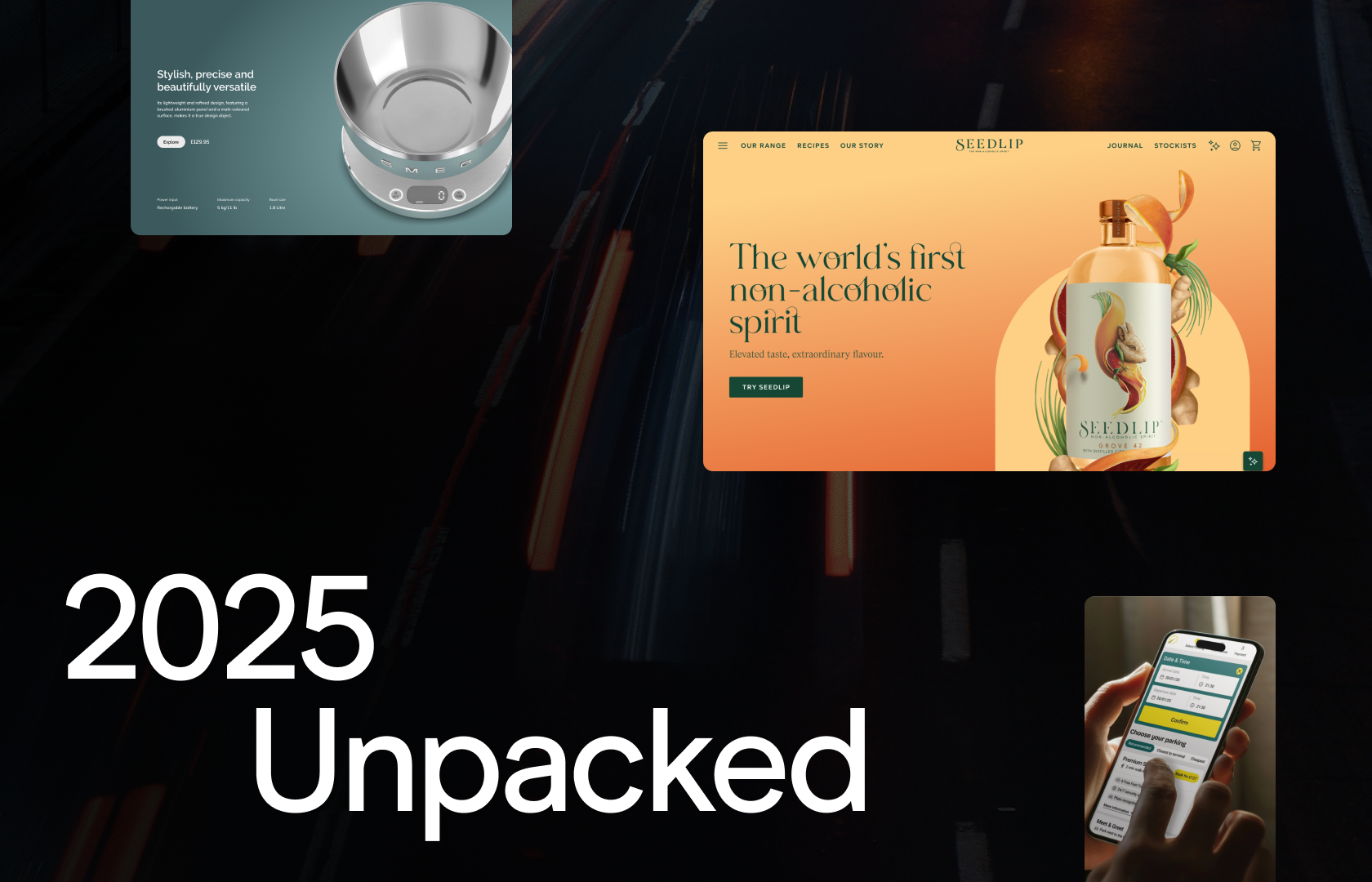From big tech, to fintech, to established institution point of view, their contributions made for a fascinating discussion, exploring how FS are continuing to transform in order to meet both customer and regulatory expectations. Here’s a quick five-minute wrap up of the main insights that were uncovered.
Allies, not enemies
While traditional banks and fintech banks have long been pitted against one another, our panellists revealed why this is no longer the case. To meet the technological demands that consumers have today, banks are embracing FinTechs to improve the user experience and FinTechs are partnering banks to build support and trust within their customer base. No longer competing, traditional banks and FinTechs are finding areas to collaborate on, to build financial services that modern consumers are looking for. These long-term partnerships combine the digitally agile money management tools of a fintech with the security of a traditional bank. A mutual understanding of each other's expertise and purpose within the marketplace makes way for collaboration which ultimately brings future benefit to the end consumer.
These partnerships are not limited to FinTechs and banks but stretch to having the potential to connect all areas of the customers’ financial ecosystem. It’s no surprise therefore that this open banking market, set to be worth £8-billion to the UK economy this year, is the pie that everyone wants a piece of.
Data driven user journeys
The connected digital banking experience that consumers expect is built, not only through industry collaboration, but also by empowering internal teams with the right information to support customers at the right time. This is underpinned by a cross-pollination of data across different channels of engagement, enabling organisations to meet the moments that matter and build trust in their customer base. By streamlining connections between your systems, you can capture, integrate, and analyse customer data, to deliver customer-specific offers. User and penetration testing must then be in place to ensure that this trust in digital is maintained both by the customer and the regulator.
Designing a compliant user experience
Our current era is dominated by these new models of banking which make it easier and quicker than ever to manage your money. However, while banks look to adapt to the need for speed, it is important to be wary of the potential to compromise on security while doing so. As banks strive to create the best experience possible therefore, they must also consider the importance of financial literacy within their customers to ensure they are aware of the dangers.
Drivers of change
There is an undisputed need for FS institutions to really understand and embed this connected, digital-first delivery mindset within their organisations. However, due to the traditional, structured origins of many FS firms, the level of training required to implement a digital mindset across an organisation is higher. Education in all areas of the organisation therefore sits at the heart of successful transformation. Gaining strong executive sponsorship is a necessary start point to ensure top-down backing from the onset. Following on, a clear view of the strategy must be visible throughout the organisation to ensure alignment across cross-functional teams. With a more joined up approach to the digital make up of a financial organisation, identifying the problem and more importantly, getting the right team in place to come up with the solution, becomes a much easier process.
This constant learning piece must be threaded into the consumer base as well as the organisation, and the bank of the future will use A/B testing to become insight driven. A/B testing is a quick and compliant method of optimising the customer experience without needing a large technical fix and can be invaluable to transformation. By embedding constant testing, organisations can enable the customer to guide the solution from the outset.
We’d like to extend our thanks again to our expert panel for their invaluable insight. Stay tuned as we will be expanding these insights into a downloadable white paper, which will explore the new technologies that are empowering FS brands to transform digitally.
Pre-register now for our next insights event UNRVLD’s Top 10 Digital Trends for 2023. Our experts will be revealing the key innovations that should be on every brand’s digital roadmap over the coming year. Full details will follow shortly.


